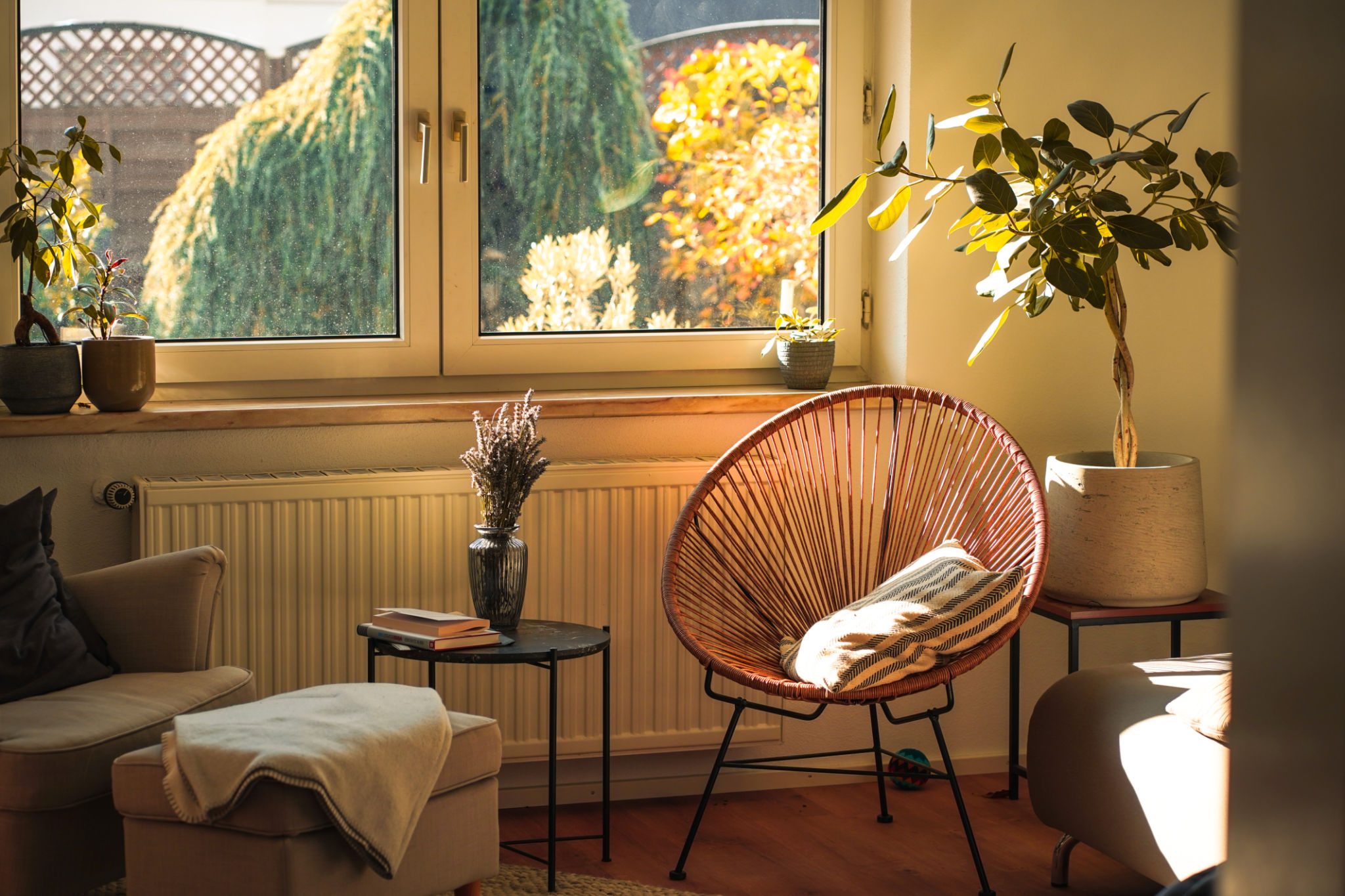DIY Guide: Creating a Mental Health Sanctuary at Home
In today's fast-paced world, creating a personal space dedicated to mental well-being can be a game changer. A mental health sanctuary at home allows you to unwind, recharge, and focus on your emotional health. The good news is, you don't need a lot of space or money to create one. This DIY guide will walk you through the steps to design your own tranquil haven.
Choose the Right Space
The first step in creating your mental health sanctuary is selecting the right space. Whether it's a corner of your bedroom, a spare room, or even a section of your living room, the key is to find a spot where you feel comfortable and at ease. Consider factors like privacy, natural light, and noise levels when choosing your space.
If possible, opt for a spot that receives ample natural light. Sunlight has been shown to boost mood and energy levels, so it can be a crucial element of your sanctuary. If natural light is limited, consider using soft, warm lighting to create a cozy atmosphere.

Select Soothing Colors
Colors have a profound effect on our emotions and well-being. When designing your mental health sanctuary, choose soothing and calming colors. Soft blues, greens, and neutral tones are excellent choices as they promote relaxation and peace. Avoid bright or overly stimulating colors that might hinder relaxation.
You can incorporate these colors through paint, textiles, or decor items like cushions and throws. Even small changes, like adding a soft blue pillow or a green plant, can make a significant difference in creating a calming environment.
Incorporate Nature Elements
Bringing elements of nature into your sanctuary can enhance its calming effect. Consider adding plants that are easy to care for and improve air quality, such as succulents, snake plants, or peace lilies. The presence of greenery can help reduce stress and create a sense of tranquility.

Additionally, you might include natural materials like wood, stone, or bamboo in your decor. These materials have an earthy feel that can ground your space and connect you to the natural world.
Create Comfortable Seating
Comfortable seating is essential for spending quality time in your sanctuary. Whether you prefer a plush armchair, a cozy bean bag, or a meditation cushion, ensure it's something that supports relaxation and comfort. The aim is to have a spot where you can sit comfortably for extended periods to meditate, read, or simply unwind.
Consider adding soft blankets or throws to make your seating area even more inviting. Texture plays a significant role in creating coziness, so choose materials that feel good to touch and add warmth to the space.

Personalize Your Space
Your mental health sanctuary should reflect your personality and preferences. Personalize it with items that bring you joy or calmness—be it artwork, photographs, or mementos. These personal touches can make your sanctuary feel more inviting and uniquely yours.
Additionally, consider incorporating scents that promote relaxation. Options like lavender or chamomile essential oils can be used in diffusers or candles to enhance the soothing ambiance of your space.
Establish Boundaries
A crucial aspect of maintaining your mental health sanctuary is establishing boundaries. Make it clear to yourself and others that this is a dedicated space for relaxation and mental well-being. Try to avoid using this area for work-related activities or anything that might cause stress.
To further delineate this space as your sanctuary, create rituals around its use—perhaps starting or ending your day there with meditation or quiet reflection. Consistency in these practices can reinforce the purpose of your sanctuary and enhance its effectiveness in supporting your mental health.